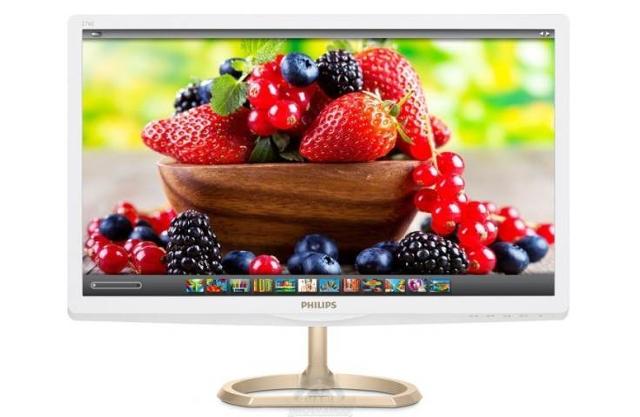
The 27-inch Phillips 276E6ADS is already available in China, and will be released in Europe and the United States before the end of the summer. A partnership with QD Vision has allowed the company to become the first to offer the level of fidelity offered by Quantum Dot technology in this sort of device.
Quantum Dots are tiny crystals that glow when light is shone upon them. The particular color that they display is dependent on their size, which can be controlled with a very high degree of accuracy — they’re absolutely minuscule, to the extent that the number of atoms in a single dot is crucial during the manufacturing process.
They’re also very stable, which means that they won’t wear out over time. The colors that individual Quantum Dots display won’t warp or change over time, which gives the technology an obvious appeal from a consumer standpoint.
Aside from its obvious applications in computer displays and high-end television sets, there has also been some interest in Quantum Dot technology from the burgeoning world of virtual reality. Promising VR project The Void reportedly uses it to offer a higher level of immersion than would be possible with conventional display processes.
Expect to hear plenty more about Quantum Dots in the future. Just last year, the technology was being talked about largely in theoretical terms, but we’re already seeing it implemented in consumer products. Going into 2016, it will be very interesting to see just how broad the usage of this tech will become.


